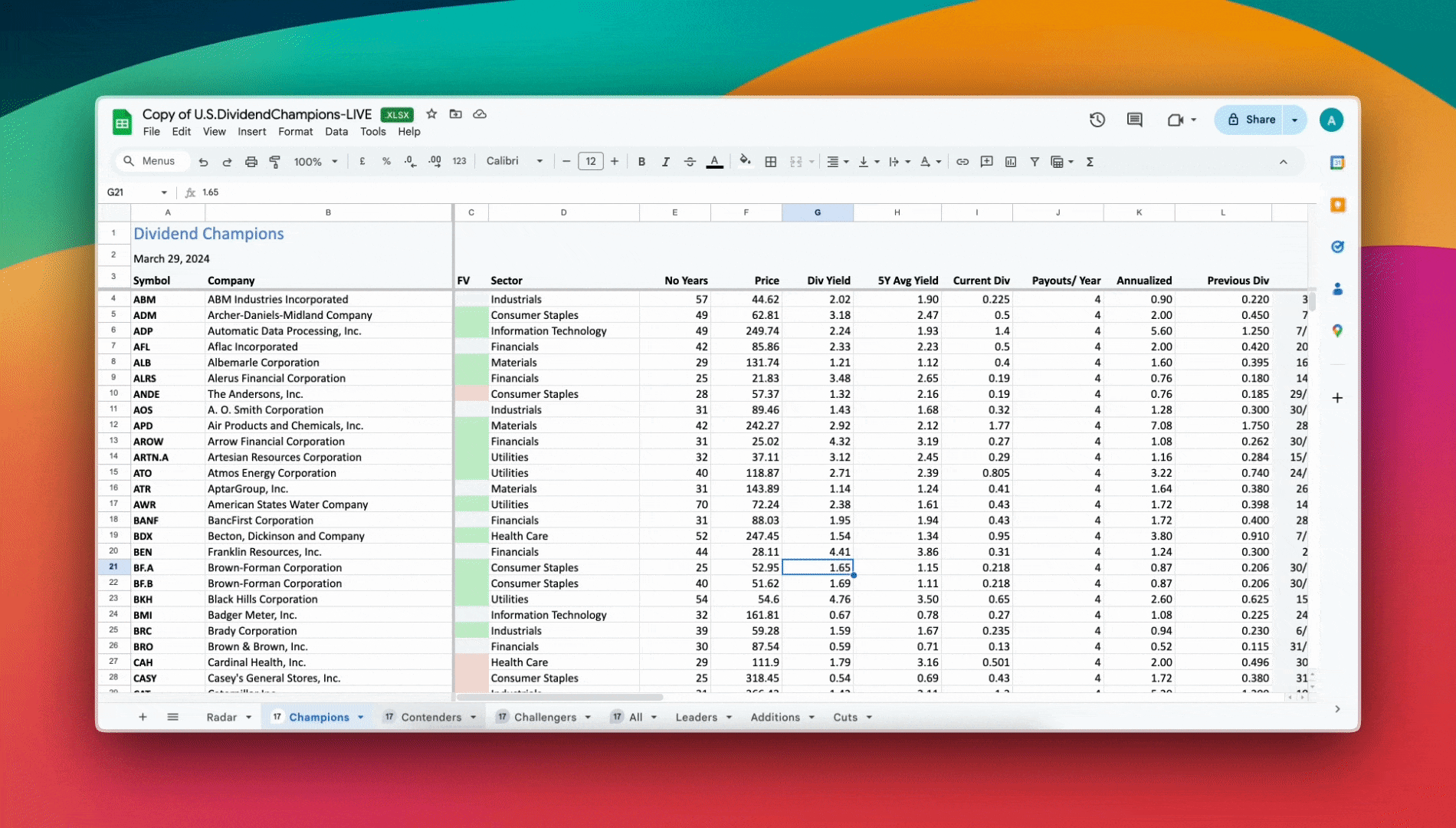Buying for the dividend, in the long term, is also buying for the stock price.
Fads dominate financial magazines. A quick survey of current editions will often show recommendations of hot stocks and successful mutual funds to purchase right now. Of course, this year’s successful mutual fund manager may not have this success last into the next year.
The magazine’s stress is on immediacy, which makes complete sense for them. After all, they need to sell the magazine and next month they will again need to do the same. Long term purchases are boring and by definition do not need to be changed every month, and that does not sell magazines.
The extreme fad would be day trading. This has nothing to do with investing and is very stressful. With immediacy paramount, stocks are purchased and held for mere days or even minutes. Even if one is able to turn a profit (unlikely, as a study of day traders in Taiwan showed that 80% lose money), the amount of work in simply reporting the transactions to the IRS must be very time-consuming.
The investor’s chief problem – and even his worst enemy – is likely to be himself. – Benjamin Graham
For the long term investor the opposite exists. Whereas day traders only consider factors for the very short term, dividends are important to the long term investor. One might think that the stock’s value is the only important issue at hand, but ignoring the importance of the dividend is a real mistake.
As an example, $10,000 invested in the S&P 500 in December 1960 would have yielded a value of about $430,000 – not a bad return on investment. However, the total return including reinvested dividends would have been almost $2,500,000, more than five times greater.
This shows that not only is it worthwhile to reinvest dividends, but hints that there may be a linkage between price and dividend growth, and indeed this is the case.
The dividend can act as the proverbial canary in a coal mine as far as understanding the health of the company is concerned. After all, the dividend is real money. Regardless any accounting tricks that can be employed to obfuscate or deflect accounting numbers in the quarterly report, hard cold cash cannot be denied.
A continually rising dividend rate is a reflection of the fact that the company can at least pay that money to their shareholders. Companies can only increase dividends when they know that future cash payments will be sustainable. Companies that cut or suspend their dividend are offering a tell that the future of the company may not be as rosy as they let on to be.
The linkage between a growing dividend and rising stock price not only makes sense, but research bears this out, showing a correlation of close to 90% over 25 year cycles. So as the dividend grows, the price of the stock is more than likely to move in the same direction.
It is amazing that this is a fact that tends to get lost. Looking for the next stock tip and hoping to find a clue that will allow one to buy low is a common goal for investors. However, for those looking to advance over a long period of time, it could be that finding the safety of a dividend is the best long term bet.
This underscores the significance of the Dividend Champions List as a great starting point for one who is DRiP investing to find a company in which to invest.
